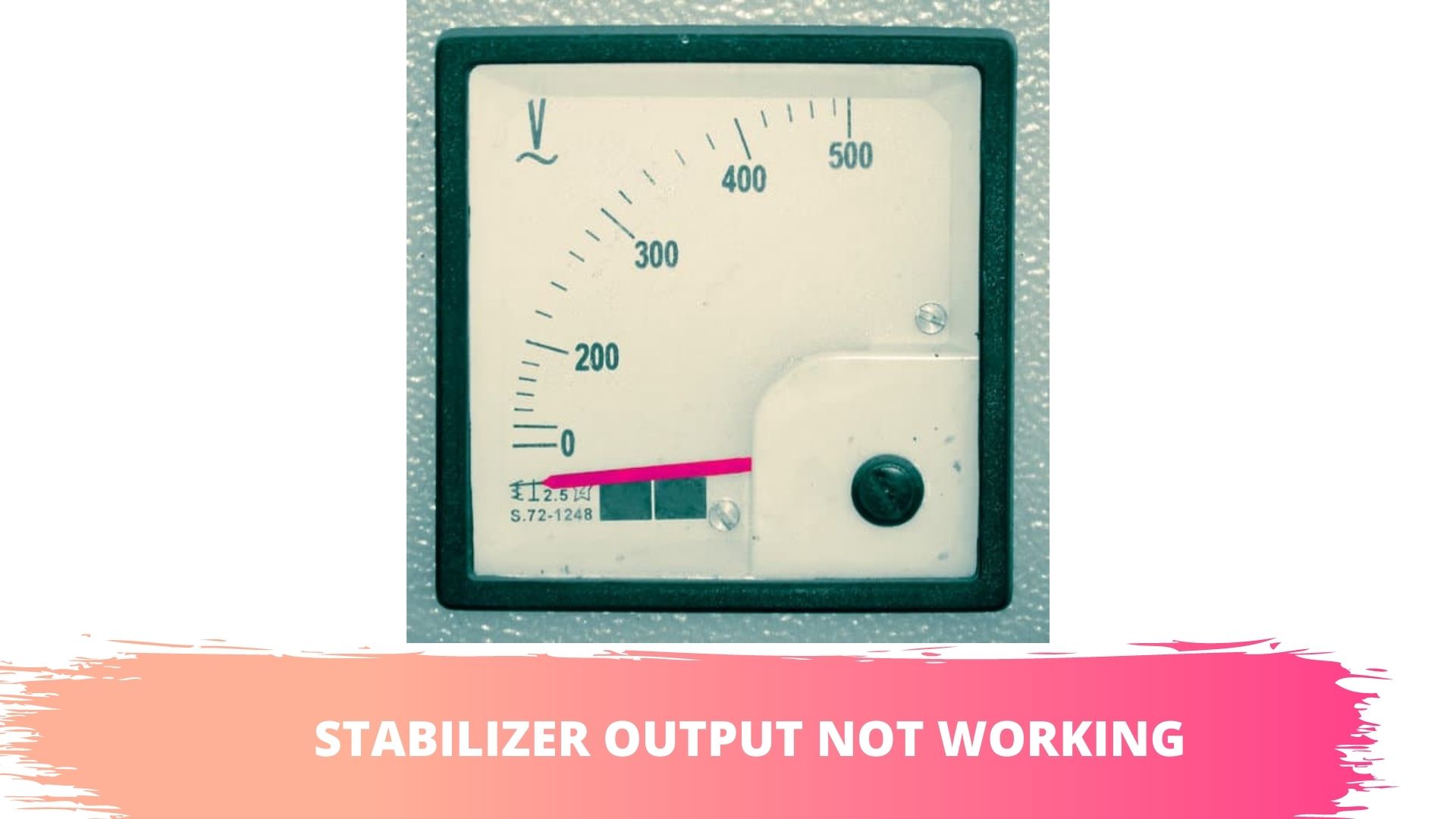Voltage fluctuations can occur for any number of reasons, including bad wiring, inadequate grounding, and short circuits. The only way to protect your appliances from these fluctuations is to use a voltage stabilizer.
It will keep the power supply consistent. But voltage stabilizers are not perfect. They have been known to malfunction. If the stabilizer output is not working in your unit, you have to identify the fault as quickly as possible before it exposes your equipment to the same threats the stabilizer was supposed to prevent.
Why Is My Stabilizer Output Not Working?
If your stabilizer output is questionable and you don’t have any experience with electrical devices, you should hire an expert. Don’t open the stabilizer or the appliance to which it is attached unless you have the relevant technical knowledge. If you have a rudimentary understanding of stabilizers, your investigation will probably point you in the direction of the following:
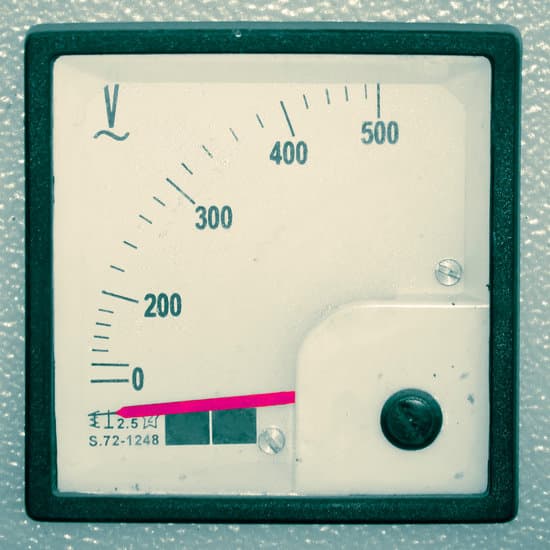
1). Faulty Voltmeter
You have to start by clarifying your situation. Are the devices attached to the stabilizer working? If they are off, you may have a significant problem on your hands. On the other hand, if these appliances are working as expected but the stabilizer is showing zero output voltage, the situation is probably less serious.
Check the voltmeter. It is most likely faulty. A burnt connector can disconnect the voltmeter from the output socket, affecting its ability to display the appropriate information.
Though, you shouldn’t be so quick to reach this conclusion. Some voltage stabilizers have a button that you have to push to read the voltage. Otherwise, it will show a zero output voltage. Check your stabilizer’s manual. If it doesn’t say anything about a push-to-read button, you can assume that the voltmeter is defective or damaged.
2). Relay Connected To The Output Terminal is Faulty
A stabilizer is designed to either raise or lower the voltage depending on your situation. According to Electricalfundablog.com, the average stabilizer uses a transformer that is attached to switching relays to do its work.
The output can stop working or display zero voltage because the relay connected to the output terminal is faulty. If you open the stabilizer and the relays have burn marks, they are the source of all your problems, the reason why the appliances attached to the stabilizer have stopped working.
3). Tripped Circuit Breaker
Certain AC stabilizers (those that exceed 5kVA) have fuses and circuit breakers. You can overload a stabilizer, causing the fuse to blow or the circuit breaker to trip. This will compromise its operations.
4). Overload
Many stabilizers have mechanisms in place that either reduce or cut the output voltage whenever it exceeds a specific threshold. This response is designed to protect your equipment from immediate or long-term damage.
Some models have a light that will turn on to alert the user that the output voltage has exceeded acceptable levels. This encourages the consumer to disconnect the stabilizer and the appliances attached to it before taking steps to identify the cause of the over-voltage. Sometimes, the power grid is to blame. But in some cases, the fault lies with the circuit in your home.
VGuard has voltage stabilizers that respond this way. They call the feature ‘Overload protection. It kicks in when a short circuit or burn-out occurs as a result of an overload. Some people do not appreciate the mechanism. They call brands like VGuard overprotective because their stabilizers cut off if they cannot maintain the output voltage between 220 and 240 V.
Related Post:
AC Stabilizer Is Tripping – Why?
A stabilizer that is always tripping can become a nuisance. But you shouldn’t assume that a tripping AC stabilizer is faulty. Take a moment to determine whether or not some of the factors that cause tripping have come into play, including:
1). Input Voltage Too High Or Low
It looks like a stabilizer can trip when the input voltage is higher or lower than the range within which the stabilizer can operate normally. In other words, if the input voltage is too high or too low for the stabilizer to provide the required output, it may respond by tripping. It does this to protect your appliances, though some people find the response annoying.
2). Appliance Have Poor Insulation
Have you checked the appliances? Some stabilizers only trip when a specific appliance has been activated. If this applies to your voltage stabilizer, the appliance in question may have poor insulation or a leak. Insulation can deteriorate after a while, allowing leakages to occur.
3). Damaged Relay
If your stabilizer’s tripping cannot be explained by overloading or leakages in your appliances, you have to consider the possibility that one or more relays are defective or damaged.
Another potential cause of tripping is the settings. A relay is configured to trip at a preset level. If the settings are wrong for some reason, the stabilizer will keep tripping for unclear reasons. You need a technician to reset the relay. Though, for some people, it is easier to replace the relays.
4). Fluctuations
A stabilizer is supposed to protect your appliances and devices from fluctuations. Some fluctuations are strong (in both directions) enough to damage the stabilizer. This can cause a variety of problems, including incessant tripping and a voltage output that isn’t working.
How Do You Check If AC Stabilizer Is Working Or Not?
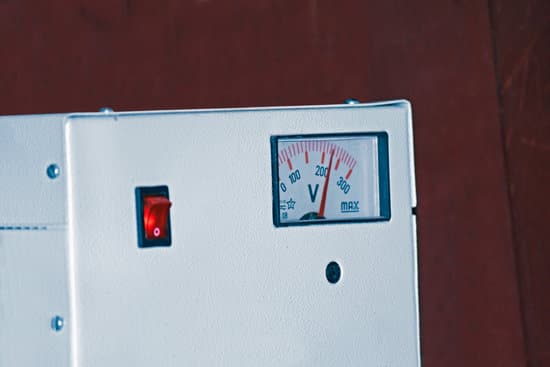
You can check whether or not an AC stabilizer is working by measuring the input and output voltage, a process that typically involves the following:
1). Start by disconnecting the load. That refers to the appliances attached to the stabilizer.
2). You need to measure the input voltage. This will tell you whether or not the regulator is getting the voltage it requires. This is important because a stabilizer cannot do its work unless it receives sufficient voltage. The device cannot produce the regulated voltage you expect if the input voltage is too high or too low.
You can measure the input voltage by attaching a multimeter’s positive and negative probes to the input pin and ground pin respectively. Look at the readings. If the input voltage is higher than the rated output, the stabilizer is getting sufficient voltage.
3). Once you finish testing the input voltage, turn your attention to the output voltage. The process is the same. The negative probe connects to the ground pin. The positive probe attaches to the output pin. The readings should match the rated output voltage of the stabilizer.
They don’t have to be exact but they should be close. This tells you that the device is producing the output you expect. In other words, it is working exactly as the manufacturer intended.
Stabilizer Indicator To Check Whether Is It Working Or Not
Why Does The Stabilizer Show Red Light?
The red LED goes on when the input voltage is poor.
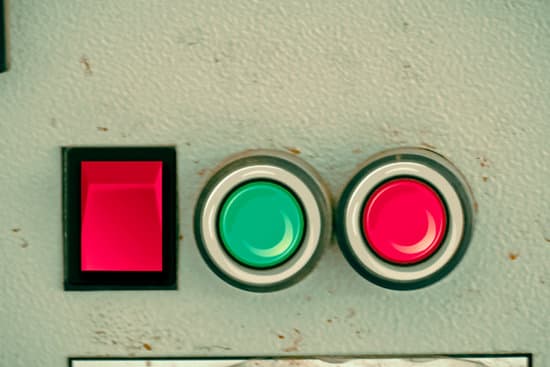
AC Stabilizer Not Turning Green
The green LED shows that the voltage is good. In other words, if the green light is off, then the red light will probably come on to alert you that the voltage is not good.
Another alternative is for the red and green light to come on at the same time and to remain on. This isn’t good either because it shows that the voltage is too high or too low. The best scenario is for the green light to illuminate. This is a sign that the input and output voltage is within the appropriate range.
How To Repair Stabilizer Output?
The steps you will take to fix the stabilizer’s output depend largely on the factors causing the problem. Consider the following:
1). Proper Wiring
Before you proceed, make sure the stabilizer is properly wired. Check the manual. It will show you the right wires to use for the input and output terminals. It will also prevent you from reversing the live and neutral wires which is a bad idea.
You cannot expect a stabilizer to work properly if you don’t wire it appropriately. Once you switch it on, the display should show the right readings (220V in many cases).
2). Buy New Relays
If the relays are defective, faulty, or damaged, do what the people at Electronics Repair did. Buy new ones. They are not that difficult to find. And if you know what you’re doing, replacing them isn’t that complicated either.
3). Replace The Fuse
If the stabilizer’s fuse has blown, the obvious solution is to replace it. Though, if the stabilizer keeps blowing the fuse, you should take a moment to identify the cause. You are not doing your equipment any favors by repeatedly replacing the fuse.
This applies to the relays as well. If you keep burning relays, you should take a moment to find out why before your equipment suffers the same fate.
More than likely, you are pushing the stabilizer beyond its limits. Consumers shouldn’t exceed a stabilizer’s maximum output. This can happen when you pair a stabilizer that has a lower rating with appliances that use motor compressors. Their starting power can exceed the limits of the stabilizer.
People forget this. They think that the rating of the appliance in question is all that matters. They do not realize that the starting power of an appliance can overwhelm their stabilizer.
You should also treat your stabilizer well. Do not keep it in a poorly ventilated location. It shouldn’t sit in direct sunlight either. Keep it away from flammable items and children.
AC Stabilizer Showing High Voltage/ Zero Output Voltage
You can blame this on faulty relays and voltmeters. Faulty relays can also prevent the stabilizer output from working. Though, in many cases, the input voltage is the problem because it is either too high or too low.
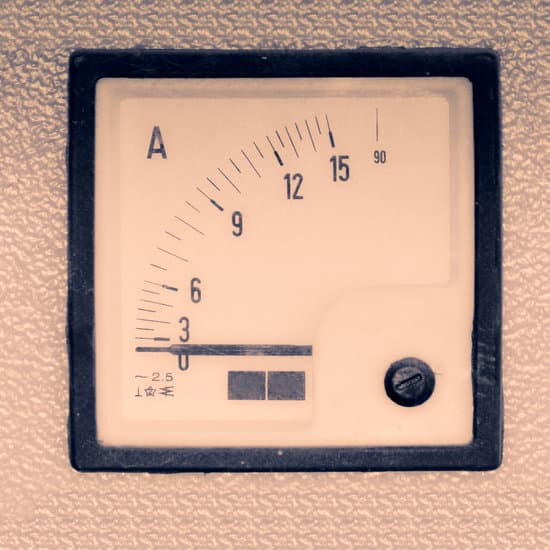
A stabilizer will stop working if it detects a high output voltage supply. It does this to keep your appliances safe. People normally blame a high output voltage on an equally high input voltage.
If the input voltage is too high for the stabilizer to realistically lower to produce its rated output voltage, it will cut off. If your equipment has stopped working and you think that the high voltage is to blame, you should confirm your suspicions before you act.
You can do this by bypassing the stabilizer and connecting your equipment directly to a power source. If it works, then the stabilizer’s high voltage is the problem.
It should be noted that a problem with the stabilizer’s circuit can also cause high voltage. Don’t blame the grid until you have checked your neighbor’s home. If their voltage is still within the appropriate range, you can safely conclude that your stabilizer has malfunctioned.
Car Treatments has identified a high voltage output as one of the signs of a bad regulator. Some stabilizers will automatically regain their normal functions once you reset them. But if yours continues to register a high output voltage, you should call a technician.
They will study the device to determine whether or not the relays and transistors are defective. If they fail to identify an effective solution, your only option is to get a new stabilizer.
Conclusion
A stabilizer is important because it prevents voltage fluctuations from harming your equipment by maintaining consistency in the power it supplies. But stabilizers don’t always work as expected.
Stabilizers require sufficient input voltage to do their work. Sometimes, the voltage exceeds the acceptable threshold. The stabilizer cannot adjust it sufficiently to produce the output voltage for which it is rated. When the device encounters such situations, it reduces or cuts the output to keep your appliances safe.
If you pay close attention to the LED indicators, they will alert you accordingly. If you don’t know what the lights on your stabilizer mean, you can just as easily determine whether or not the device is working as expected by using a multimeter.
You connect the multimeter’s probes to the input and output pins. If the readings for the input and output voltage are correct, the stabilizer is working as expected. If they are wrong, the stabilizer has malfunctioned.
Some people think that certain brands of stabilizers are overprotective. But others appreciate the fact that they have a cut-off mechanism in the event of extreme fluctuations.

